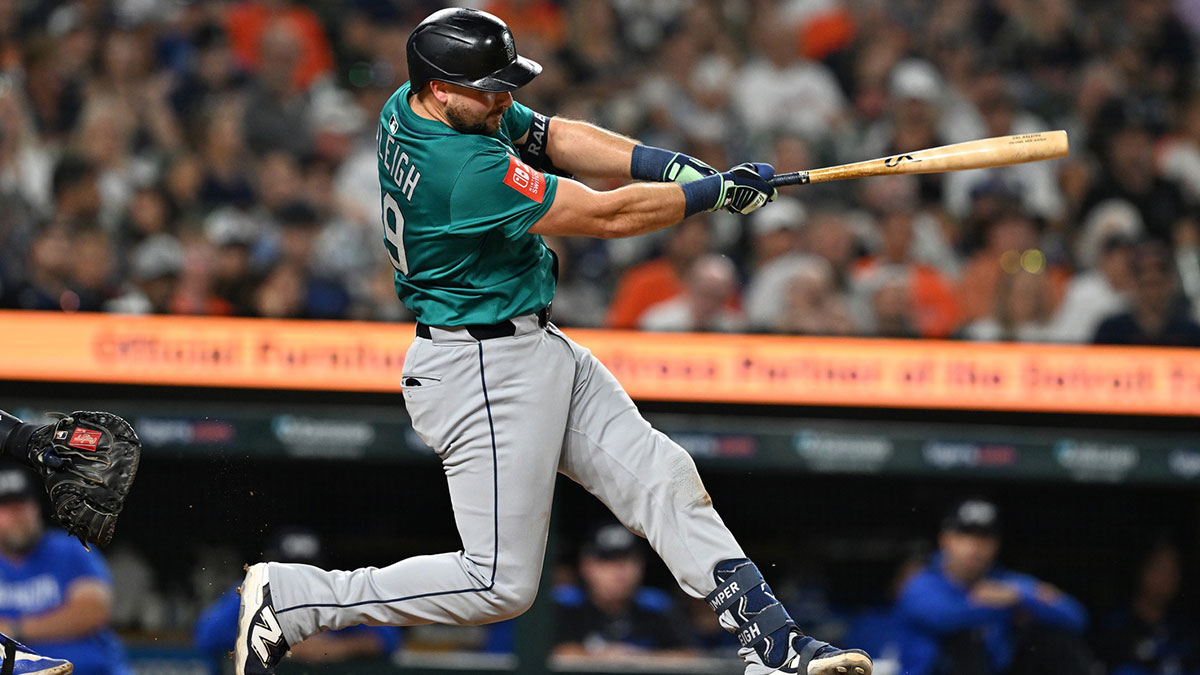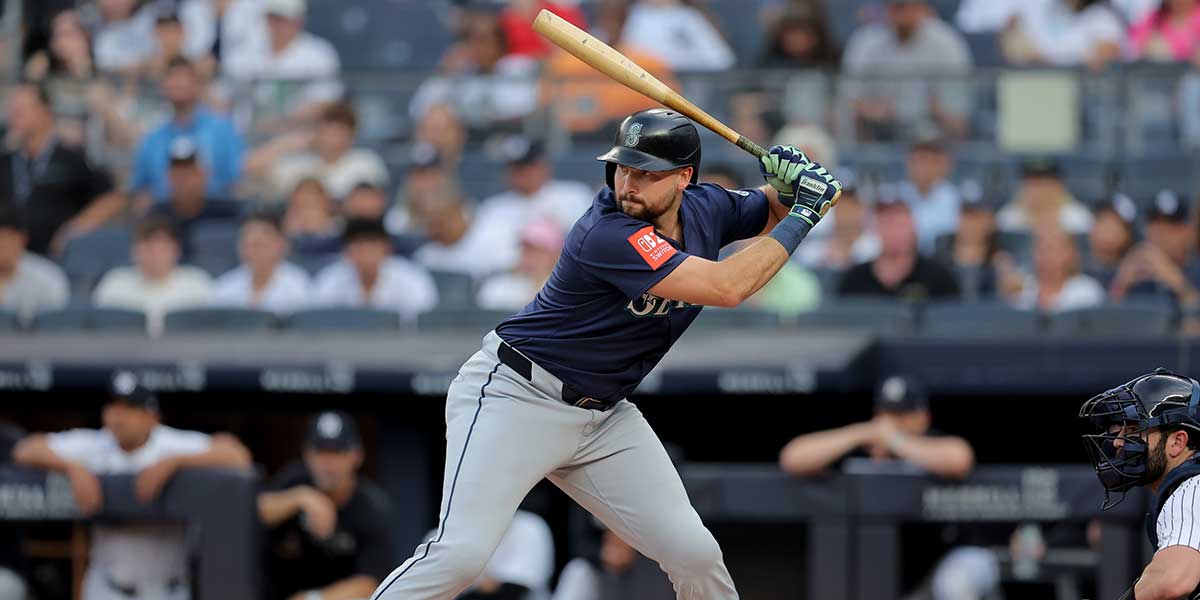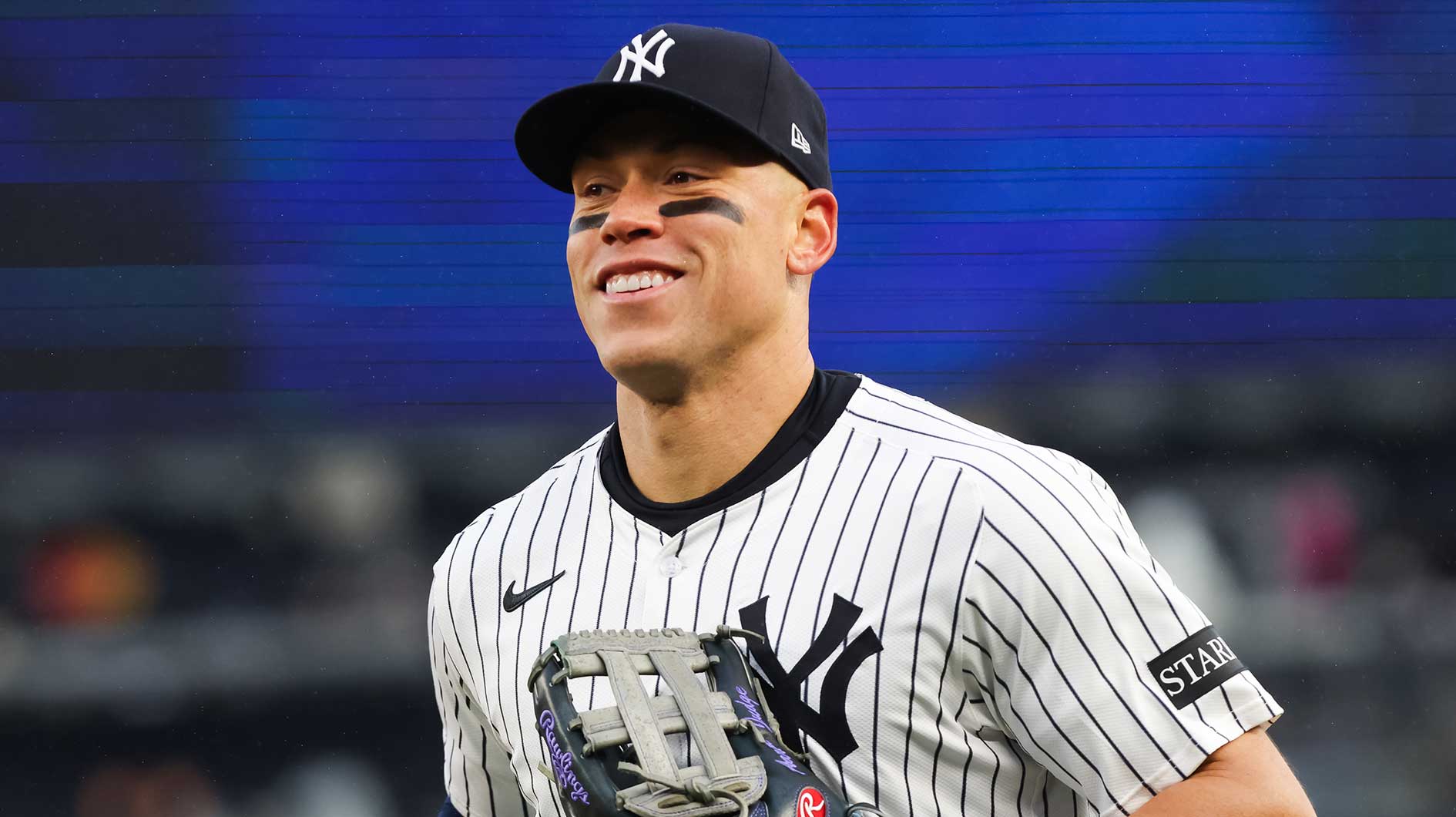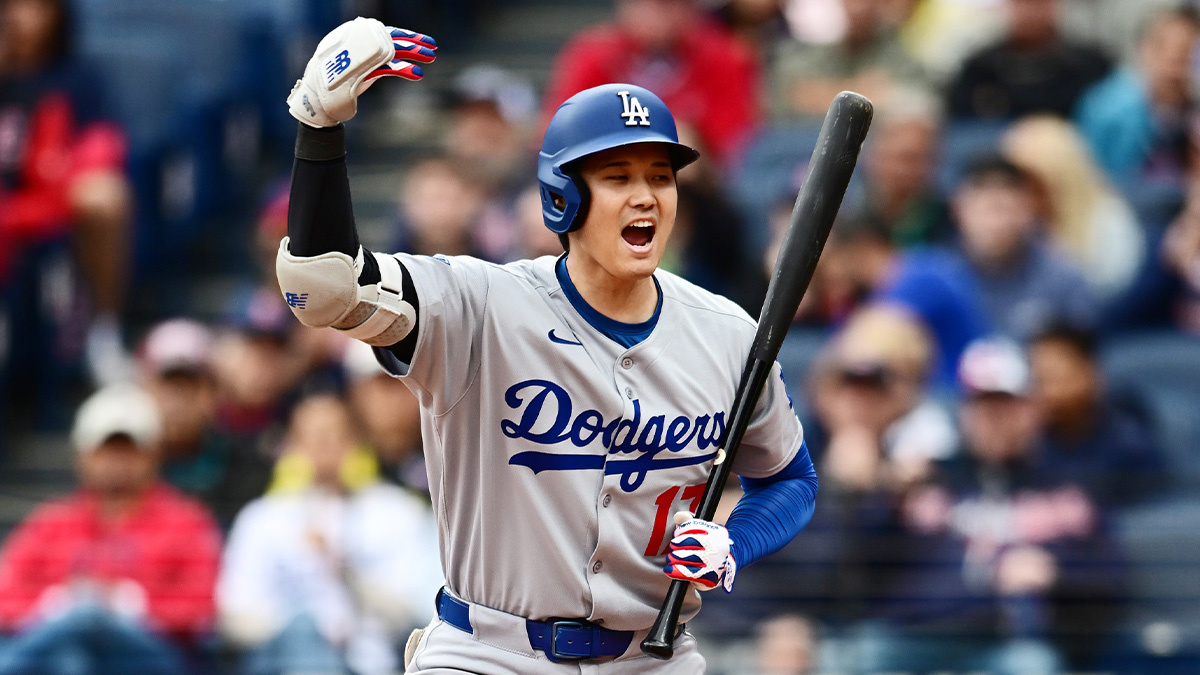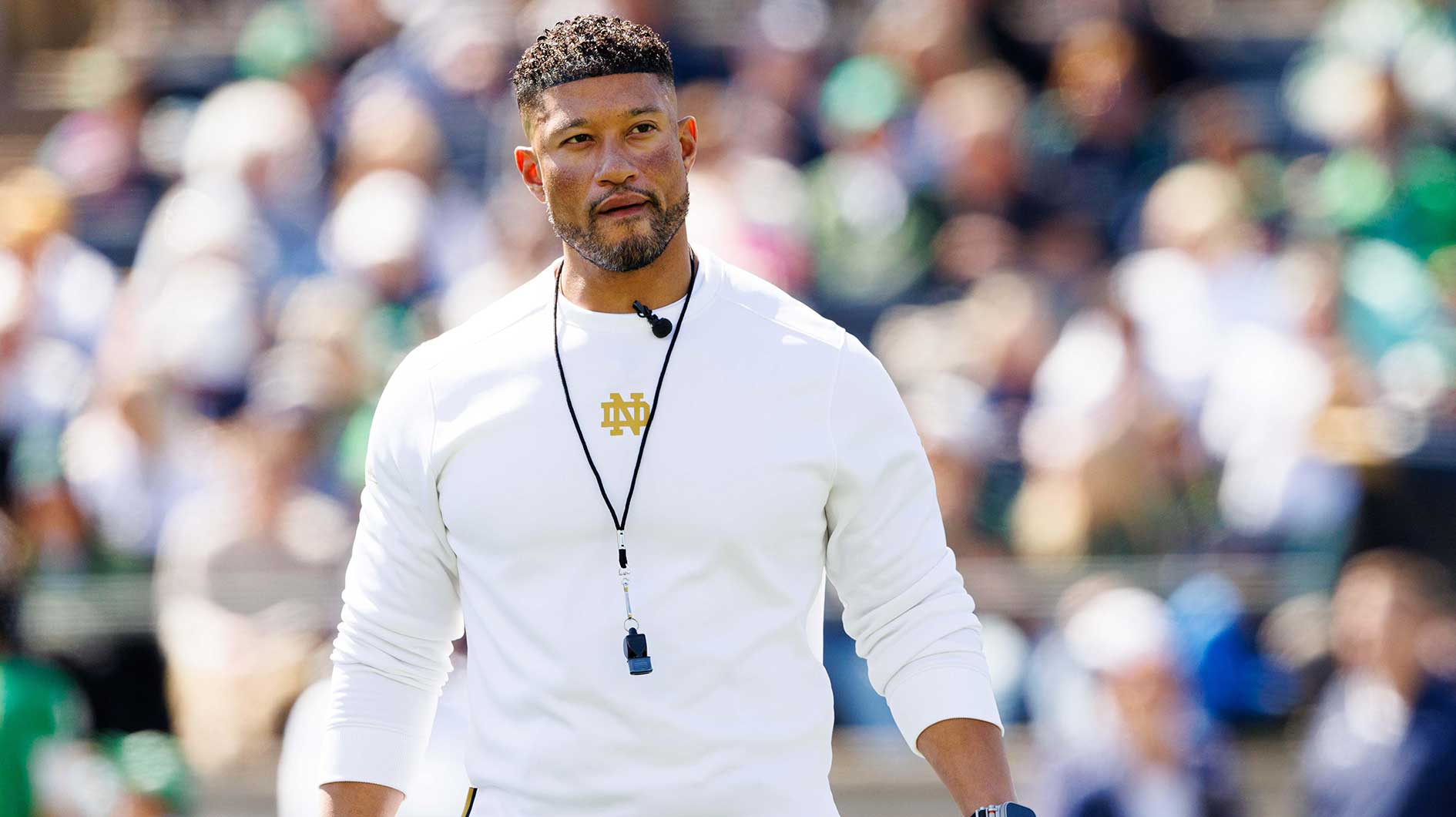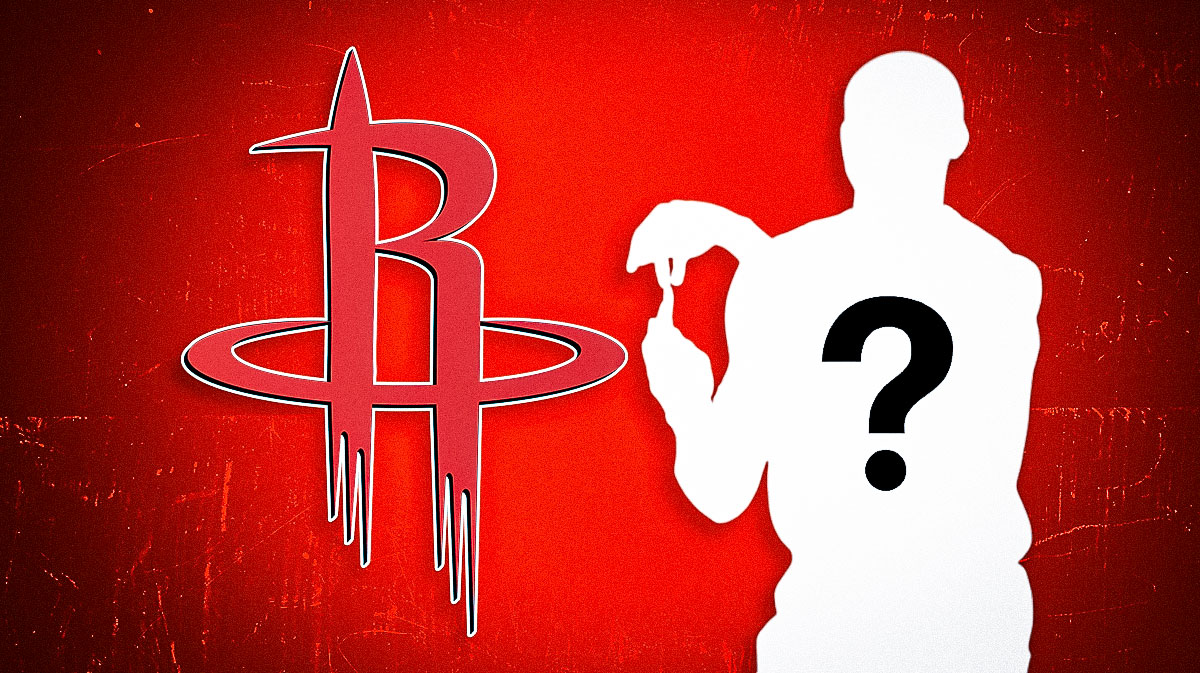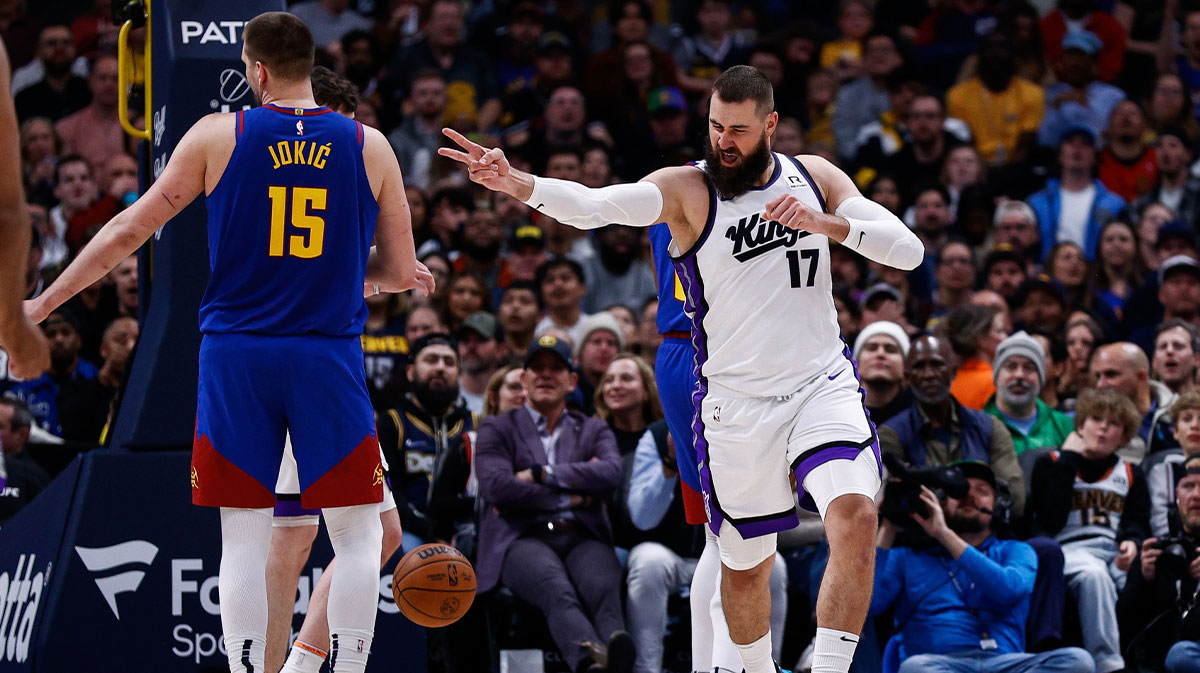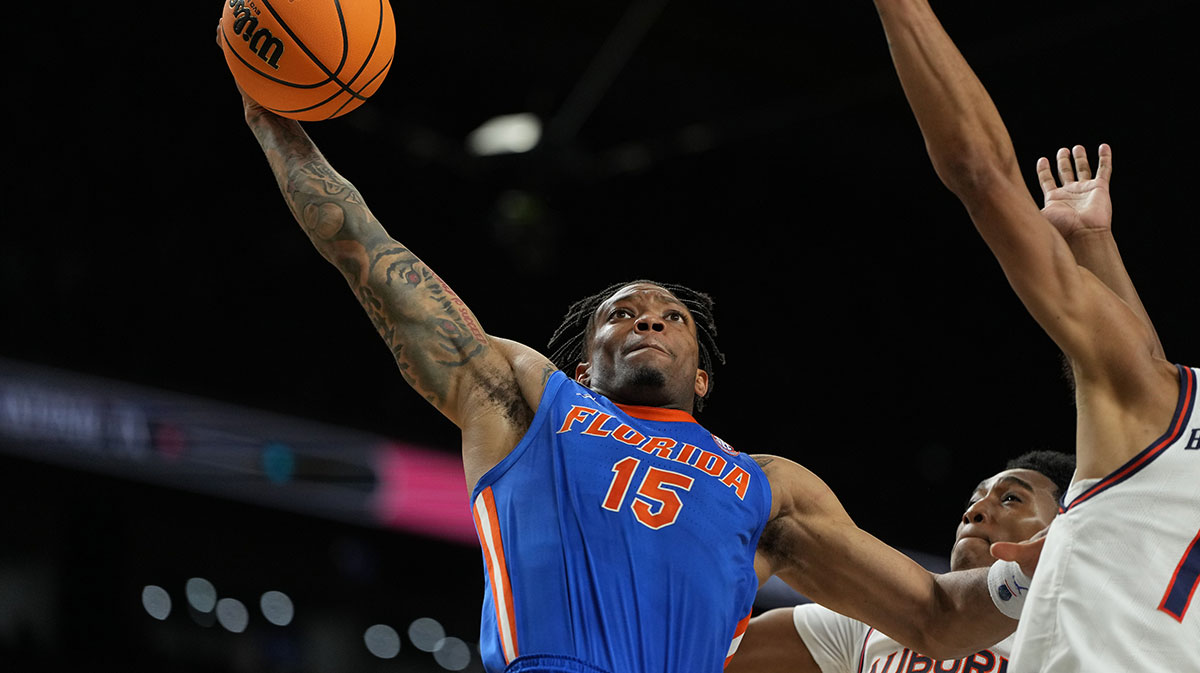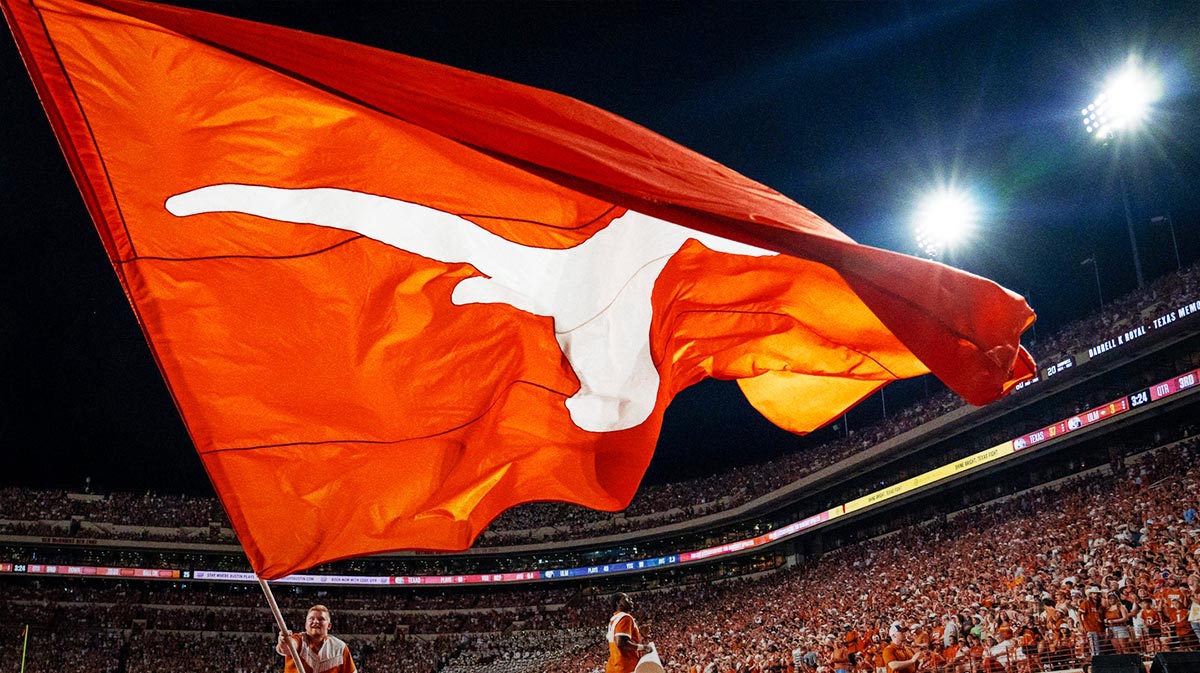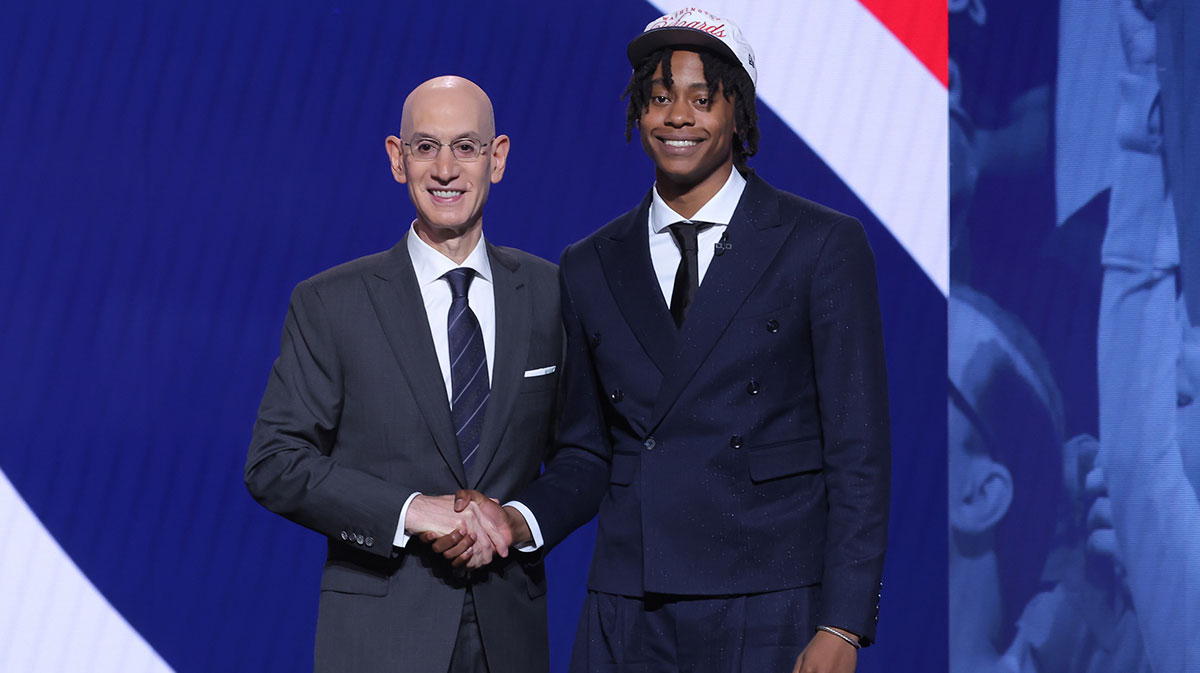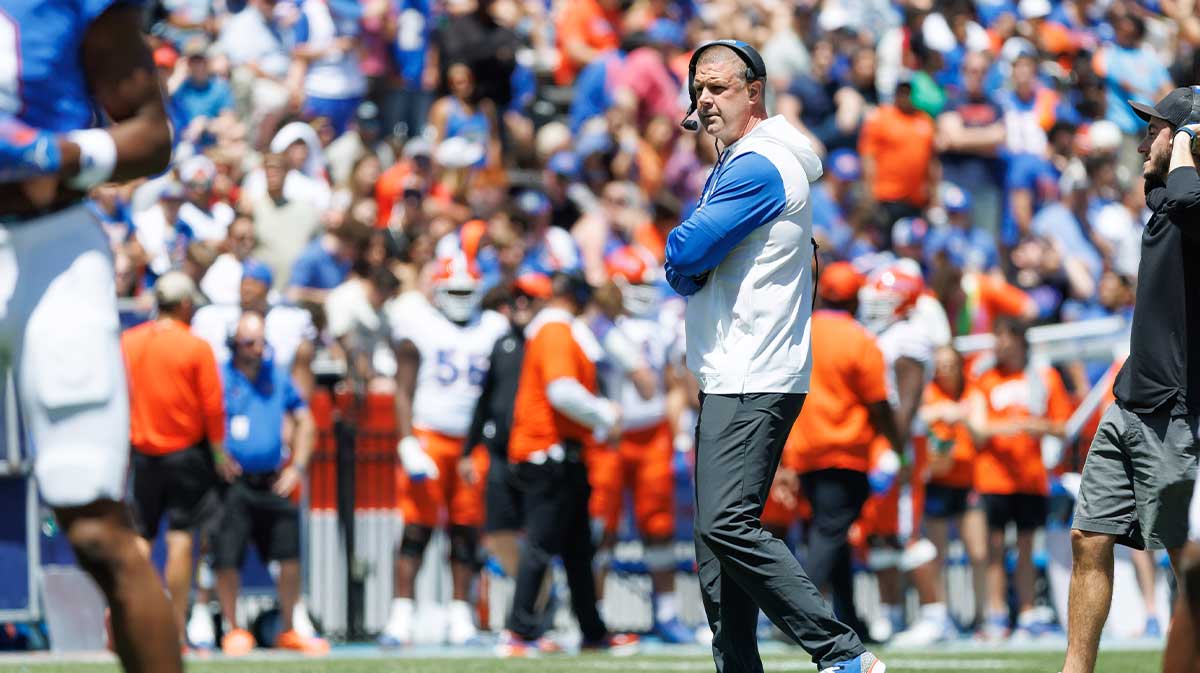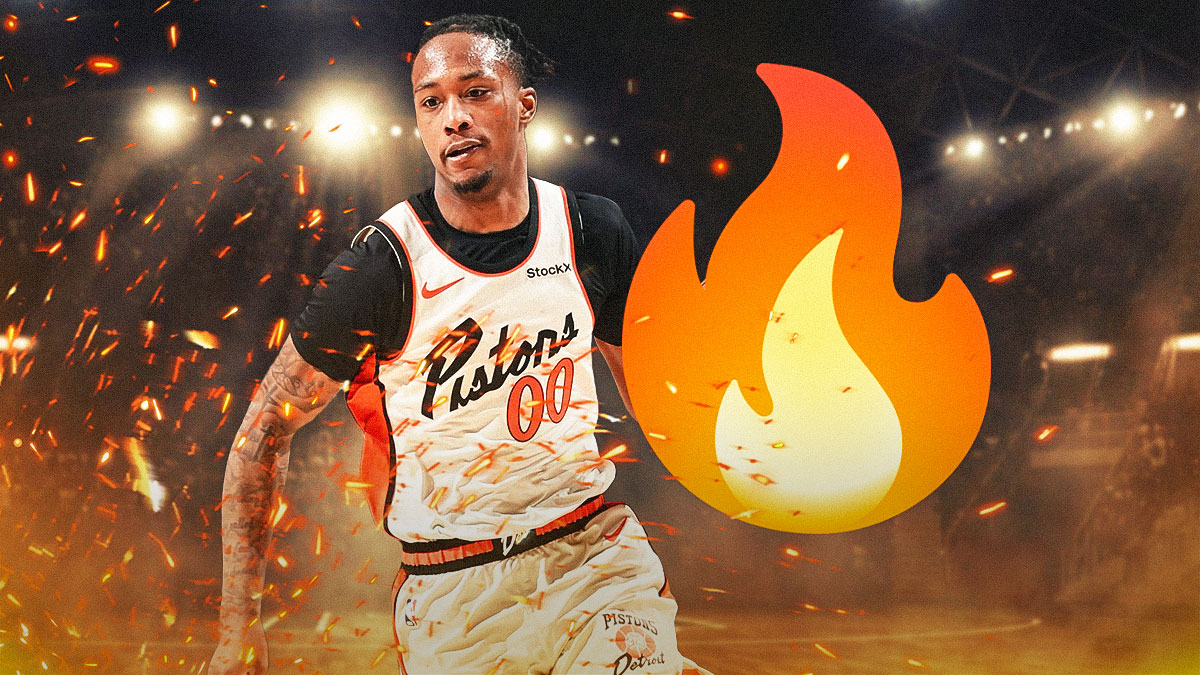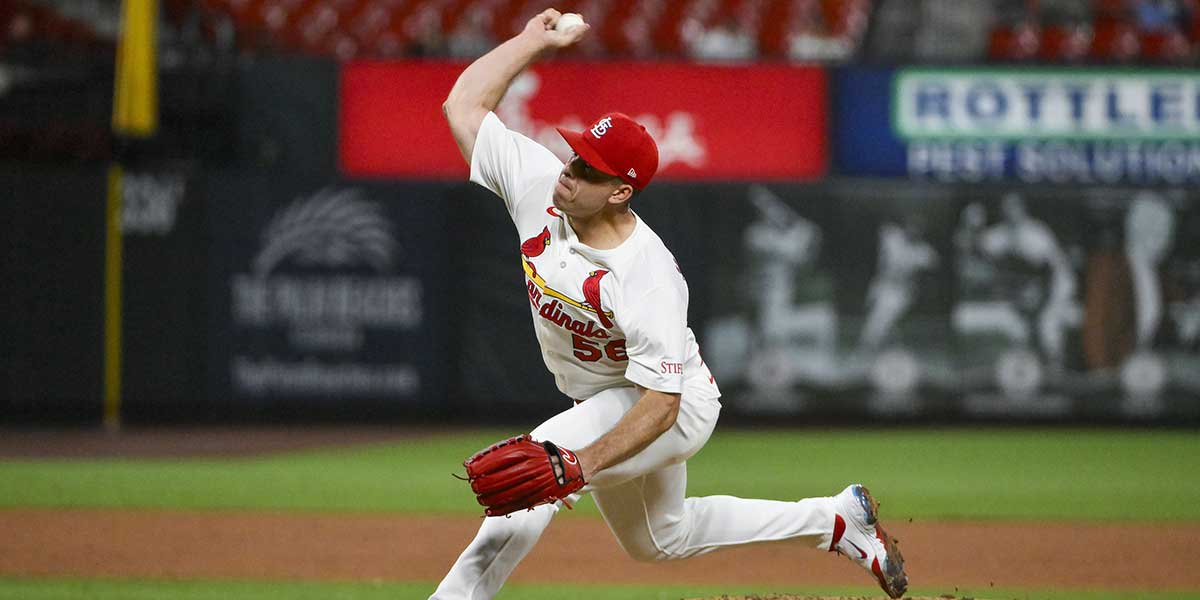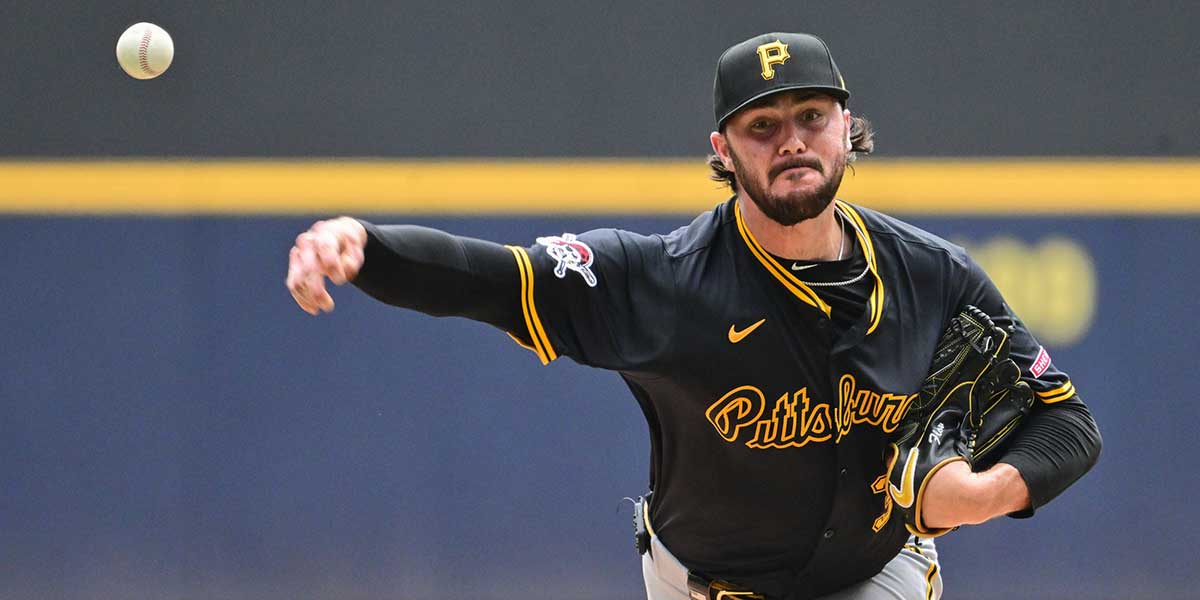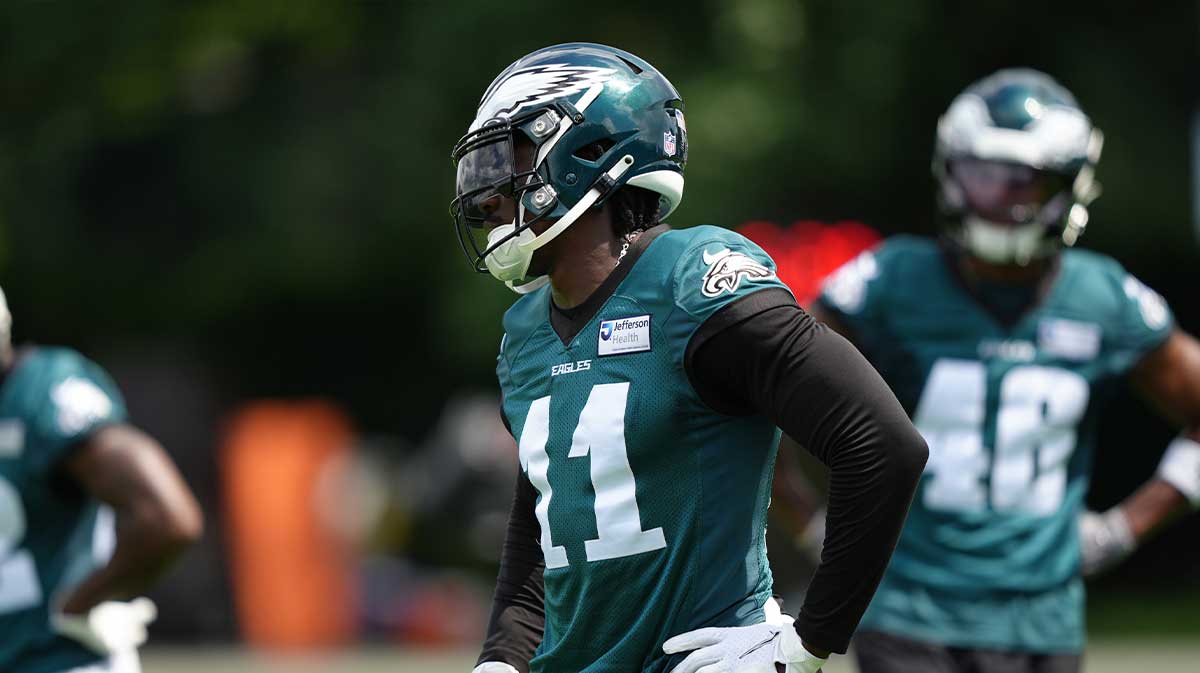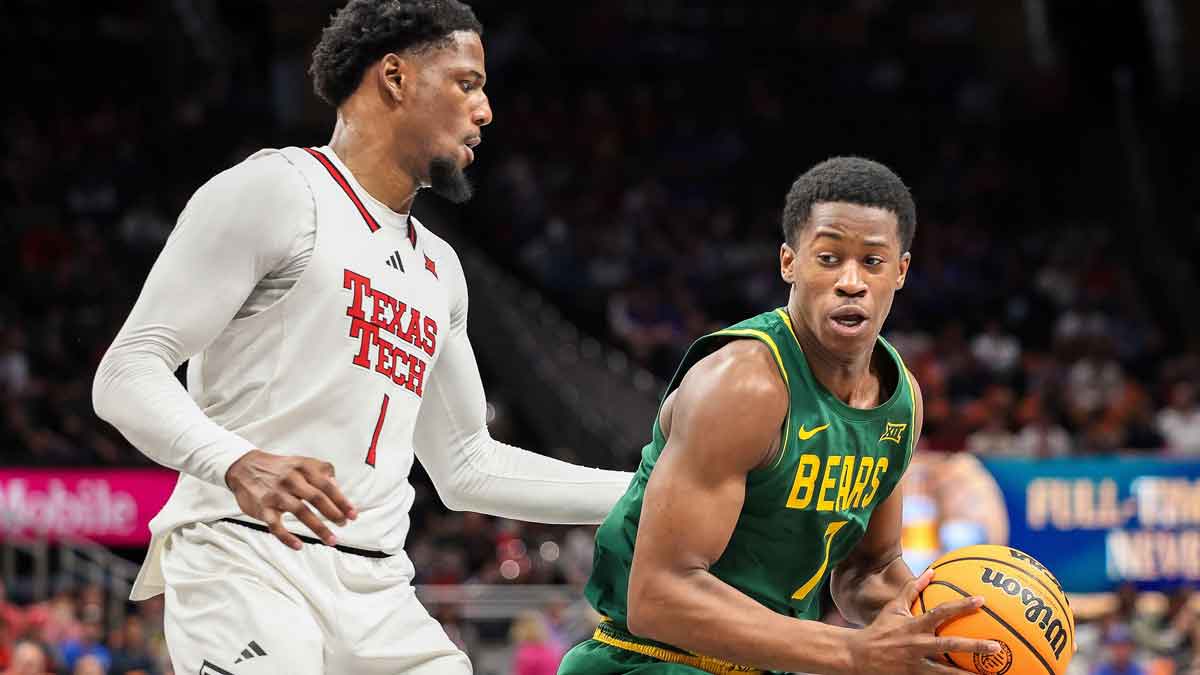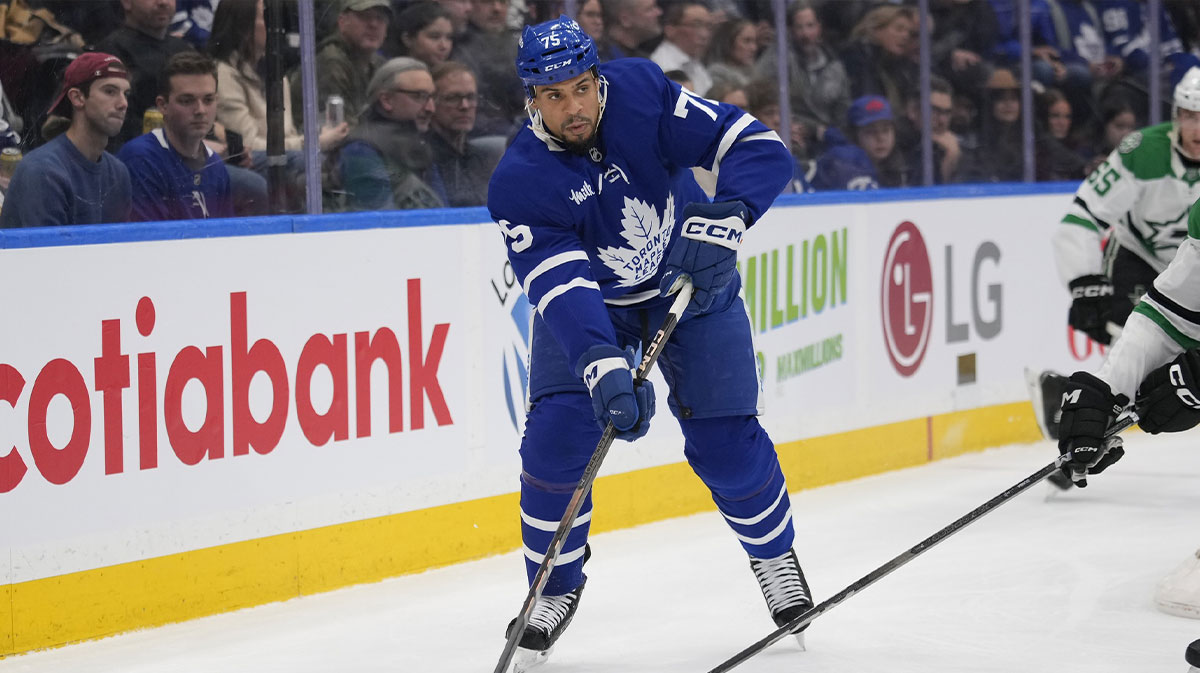Time is a flat circle, looping in on itself with the slightest of variations until, one day, LeBron James is looking across the court to an alternate dimension version of himself in 21-year-old Ben Simmons.
The lineage of each can be traced back decades. The wonderment of 6-foot-9 Magic Johnson whipping the Los Angeles Lakers faithful into a frenzy and Larry Bird controlling the floor form the small forward spot segued into the sleek utility of Scottie Pippen.
Pippen begat Grant Hill and Penny Hardaway, two generational talents cruelly curtailed by injury. But even their losses did little to disrupt lines of succession.
The 2003 draft class
The 2003 NBA draft class will forever be remembered for the franchise talents of LeBron James, Carmelo Antony, Dwyane Wade, and Chris Bosh. (And the Darko Milicic disaster).
It joins the Hakeem-Jordan-Barkley 1984 draft, and the 1995-1996 two-year flood that saw Kevin Garnett, Rasheed Wallace, Kobe Bryant, Allen Iverson, and Ray Allen enter the NBA as a league-altering event.
Three of the four would eventually join forces to win multiple championships, while Anthony made his path through record books and Olympic medals.
Bosh’s career was cut short due to health concerns while fellow ’03 draftees Dwyane Wade and Carmelo Anthony are still plying their trade with different results. LeBron James alone is defying the trope of Father Time being undefeated, piecing together one of his finest statistical seasons.
But even for LeBron, past miles will eventually catch up to meet at future generations.
The King’s line of succession
On March 1, the past, present, and future of the NBA coalesced in Cleveland. King James flexed his dizzying array of skills, from off-the-dribble stare down threes and freight train dunks in traffic to “How’d he see that,” laser-accurate passes.
James is the rare superstar who also doubles as his team's ultimate role player, filling any gap with his seemingly limitless skill set.
Most opponents simply don't have an answer for his generational blend of size, strength and speed.
But most teams don't have Ben Simmons.
On this night, we caught a glimpse of the future. King James filled up the stat sheet as he has for the past 14 seasons, but Simmons showed the world why he's mentioned in the same breath as rookie LeBron.
Simmons repeatedly pierced the Cavaliers’ defense off the bounce and from the post, coolly scoring over Cedi Osman or Kyle Korver with jump hooks or nifty baseline spins for layups. When help shaded towards him, he picked it part, racking up eight assists.
And when the clock hit zero, the Philadelphia 76ers controlled the endgame. While LeBron had the stat line of the night (30-9-8), Simmons held his own to the tune of 18-9-8 in a 107-97 Philadelphia win.
LeBron James may have the past and present on lock, but the future of the NBA will soon belong to Ben Simmons.
A unique remake
It seems almost sacrilege to suggest the prince walks among us while the King still rules, but in Been Simmons, the heir apparent to LeBron is nigh.
Such comparison may actually do a disservice to how unique Ben Simmons is. Listed at 6-foot-10, the chiseled 20-year-old kicks the “all threes, all the time” modern mantra in its teeth.
Here's Simmons chest-to-chest with Lebron defensively, using his seven-foot wingspan to poach a seemingly routine inbounds pass, then turning on the jets, zooming past James and the rest of the Cavs’ defense to find a streaking Ersan Ilyasova on the break.
No other rookie has touched the 16.2 points, 7.8 rebounds, and 7.9 assists while shooting over 53 percent like Simmons is now. Only “one namers” Wilt, Jordan, Magic, and LeBron have touched that stat-line, ever. And these aren't empty calorie stats for a struggling team. The Sixers sit just 1.5 games out of third place in the East on the backs of Simmons and stud center Joel Embiid. And Simmons’ growth has been warp speed.
The holes in Simmons’ game (he's a 57 percent free throw shooter, turns it over a bit too much, and is a sub-three percent (yes, UNDER three percent) shooter from 16 feet and out) are there, but due to Simmons’ floor vision, size and speed, his broken jumper doesn't really matter (for now).
Breaking the scorer’s mold
And just as we can trace the lineage of Simmons to LeBron James and Magic Johnson, we also witness how the smooth glide of George Gervin begat the relentless battering scoring barrages of Bernard King and Adrian Dantley, which begat the explosive ballet of Dominique Wilkins, which gave way to the single-minded chucking of Glen Robinson and Antoine Walker before Carmelo Anthony was to be the final form. The bull-shouldered Melo, who danced on the perimeter and burned nets down, was the last of his genus.
We are witnessing the last gasps of middling efficiency volume shooters as an offensive cornerstone. As his playing days wind down, Carmelo Anthony is having the worst season of his career by both raw stats and advanced analytics—setting career lows in minutes and points per game, PER, true shooting percentage, and VORP (Value Over Replacement Player).
But even as the sun sets on Melo in Oklahoma City, the next evolutionary link is on the rise in Boston. Twenty-year-old Jayson Tatum is the spirit of the big-time perimeter scorer streamlined and weaponized for the modern pace and space NBA.
Tatum's role as a cog in the Celtics’ offensive scheme is a far cry from rookie Carmelo's cannonball into NBA waters (Melo used 28.9 percent of his team’s possessions as a rookie and finished his first year with 38 games of 18 or more shot attempts. In 70 games, Tatum has two and posts a relatively low 18.9 percent usage rate). But both have an almost preternatural knack for putting the ball in the basket.
Young Melo was lightning feints and rumbling physicality with a rattlesnake quick release from mid-range, while the lithe Tatum is mercury swift handles, loping rim attacks, and a metronomic silk-smooth three-point stroke.
But the genetic makeup of the “pure scorer” is visible in the bloodline. Jayson Tatum’s shot-making DNA is evident in the next level footwork that both use to disorient the opposition, and the instinctive ability to make a defender lean just enough off kilter as they elevate for clean looks at the bucket, hand-in-the-face be damned.
A bigger role on the horizon?
Could Jayson Tatum ever function as the offensive backbone of a conference finalist like Melo did? We'll probably never find out, and for the Celtics and Tatum, that's a good thing. The days of a single star like 2000s Melo shouldering an offense are over. Modern defenses are simply too sophisticated to fear lone wolves.
Tatum has the shot profile today's coaches go gaga over, with only 17 percent of his shot attempts coming from the dreaded “long two” range (from 16 feet out to the three-point line) and almost a third (29.8 percent) of his shot attempts from three.
By comparison, young Carmelo Anthony took a whopping 29.8 percent of his attempts in the “long two” range and less than 12 percent of his shots came from three.
Anthony was supposed to be the Bird to LeBron's Magic 2.0 but proved to be more Dominique—a stone cold scorer who didn't bring enough elsewhere to really challenge the upper crust of his era.
Where Tatum breaks the mold is his defensive potential. Tatum has already shown the ability to protect the rim (he has 13 games with two or more blocks) and patrol the passing lanes (16 games with two or more steals), unfurling his seven-foot wingspan to smother ball handlers and disrupt shooters like Carmelo never could.
The evolution of the NBA wing scorer will be televised. In Jayson Tatum, it may already be here.
https://youtu.be/3UeNkMXcUV4
Flash back to the future
While Carmelo was more flash than efficient function, it was the 2003 fourth overall pick, Dwyane Wade, who continued the tradition of superstar lead guards in the vein of Clyde Drexler, Michael Jordan, and his contemporary, Kobe Bryant.
Wade was the anachronistic superstar whose game, with next level explosion and zero-to-warp drive speed, would star in any era. He was a slightly undersized slasher who played above the rim. The shooting guard without a three-point shot. The 6-foot-4 guard who fashioned himself into the best shot blocking perimeter player ever.
How incredible was Dwyane Wade in his heyday? Since the inception of the three-point line, only six players (Dwyane included) have averaged at least 26.5 points, five rebounds, and seven assists a game for a full season. Wade averaged those numbers over a six-year span.
Wade didn't become a 20-point per game scorer until year two, so Utah's rookie phenom Donovan Mitchell is already ahead of the curve. Mitchell is a dimensionally warped Wade. while Flash’s powerful scoring jags were a juxtaposition of jarring aerial assaults and deadly mid-range scoring touch, Mitchell is the remix.
Standing just 6-foot-3, the Utah Jazz combo guard relentlessly attacks the rim and possesses a gorgeous hair trigger jumper with the potential for consistent defense-breaking range.
Mitchell spent the first few weeks of the year slowly aggregating the building blocks with which to scorch the NBA with. Since a ghastly 1-for-10 shooting night against the Chicago Bulls, the rookie has been lights out. He's slapping up just shy of 22-4-4 as his Jazz boogied up from 8-11 to 32-19; or, from outside of the playoff race to firmly in the mix for the four seed.
Since the All-Star break, with Utah scrapping for their collective playoffs lives, Mitchell has been an offensive machine, pumping in 21.4 points a night and posting a +13 net rating as the Jazz have won 10 of their last 12.
The 2017 rookie class
In 10 years, how will we view the 2017 rookie class? It's entirely too early to prognosticate. Number one pick Markelle Fultz has yet to play meaningful minutes, and highly touted Lonzo Ball has been slowed by inconsistent shooting and nagging injuries. But even this early, the results look promising.
The Bulls’ Lauri Markkanen is karmically rectifying the Darko fiasco. Dennis Smith has the initial makings of a dynamic star in Dallas. Phoenix's Josh Jackson, the Sacramento Kings’ De'Aaron Fox, and the Orlando Magic’s Jonathan Isaac show flashes. OG Anunoby, Jordan Bell, Dillon Brooks, and Kyle Kuzma all bring the coveted versatility and wing talent to the table, while bigs like Jarrett Allen, Bam Adebayo, Zach AND John Collins all may be real deal impact players for years to come.
There'll never be another LeBron James. Dwyane Wade has cemented himself as one of the greatest shooting guards of all time, and Carmelo Anthony will go down as one of the more underappreciated scorers in history. (Melo’s greatest misstep was being very good in the elite shadow of LeBron, and a victim of harsh deconstruction under the unfeeling gaze of today's analytics).
The 2017 draft won't boast the legendary singular talents of prior years, but from the looks of it, the summer of 2017 may be a line of demarcation for the NBA’s next golden age.

